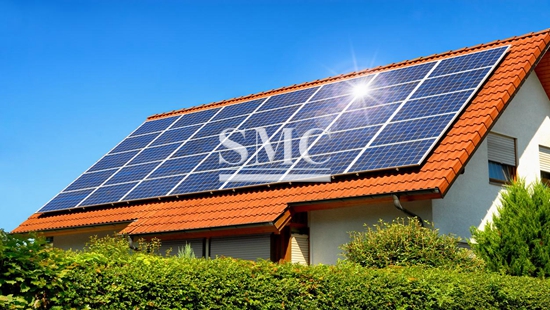Notice: Undefined index: sith_hide_share in /www/sites/alloy.wiki/index/wp-content/themes/likegoogle/single.php on line 32
Deprecated: get_settings is deprecated since version 2.1.0! Use get_option() instead. in /www/sites/alloy.wiki/index/wp-includes/functions.php on line 4862
The Future of Energy for China
Back in 2007, Geof Moser graduated college with an interest in solar power, but felt that the US didn’t offer him exactly what he wanted – so h moved to China. Moser saw the opportunity that China presented and took it and is now the co-founder of Symtech Solar.
The Market
Coming to China, Moser had the intentions of using his knowledge and efforts to help make it easier for organizations outside of China to access different components minus the hassle of sourcing and assembling the parts. Depending on model and sourcing the right parts at a reasonable cost, Moser explains, “We will source the capital to finance, pay for the whole project and then sell the power at a discount.” This type of installation is known as “distributed generation” where the electricity is produced on a smaller scale, but to a very specific point of consumption. Distributed generation is growing at an exponential rate, especially within the agriculture sector to help power the equipment.

Expansion and Growth
Solar power is growing at an exponential rate. In 2016, the International Energy Agency (IEA) has released that the country has installed over 34 gigawatts of solar energy. More than 60% of the world’s solar cells are made in China and Taiwan. Over the past few years, China has achieved some of the few largest solar projects worldwide – the largest solar farm and largest floating solar farm. Without the decrease in costs for solar cells, these projects would not have been possible.
Even as the leading country for solar power, solar energy production on accounts for 1% of the country’s total energy demand. More than 60% of the demand is still coming from coal, a leading contribution towards the large air-pollution issue. By 2050, they want to overcome these issues, which can be very plausible. It is predicted that there may possibly be a variety of mixes of renewable energy supplying more than 80% of the country’s needs.
Dreaming Big
China has large ambitions, but at the same time are faced with issues that hold them back. Chinese subsidies, which can be unsustainable, are not always handled properly. For example, solar companies that generate electricity sometimes pay the “feed-in tariff” late. Along with those issues, the government can be late in delivering revenue. Also, a majority of solar farms are located further away from bustling cities, which imposes time constraints as well as extra expenses to transfer the energy.
Overall, in the future China is planning on maximizing the uses of renewable. It is because of China that renewable energy is affordable and cheap.
Shanghai Metal Corporation is a trusted aluminum alloy, aluminum foil price, stainless steel price and stainless steel manufacturer, kinds of stainless steel in china.
Guest contributors are welcome at the Alloy Wiki.It is a weekly wiki and guide on alloy information and processing technology, while also about the vast array of opportunities that are present in manufacturing. Our team of writers consists of a Machining Material Supplier / Machinist / Tool and Die Maker, a Biomedical Engineer / Product Development Engineer, a Job Development Coordinator / Adjunct Professor, and a President and CEO of a manufacturing facility.
Link to this article:The Future of Energy for China
Reprint Statement: If there are no special instructions, all articles on this site are original. Please indicate the source for reprinting:Alloy Wiki,thanks!^^


